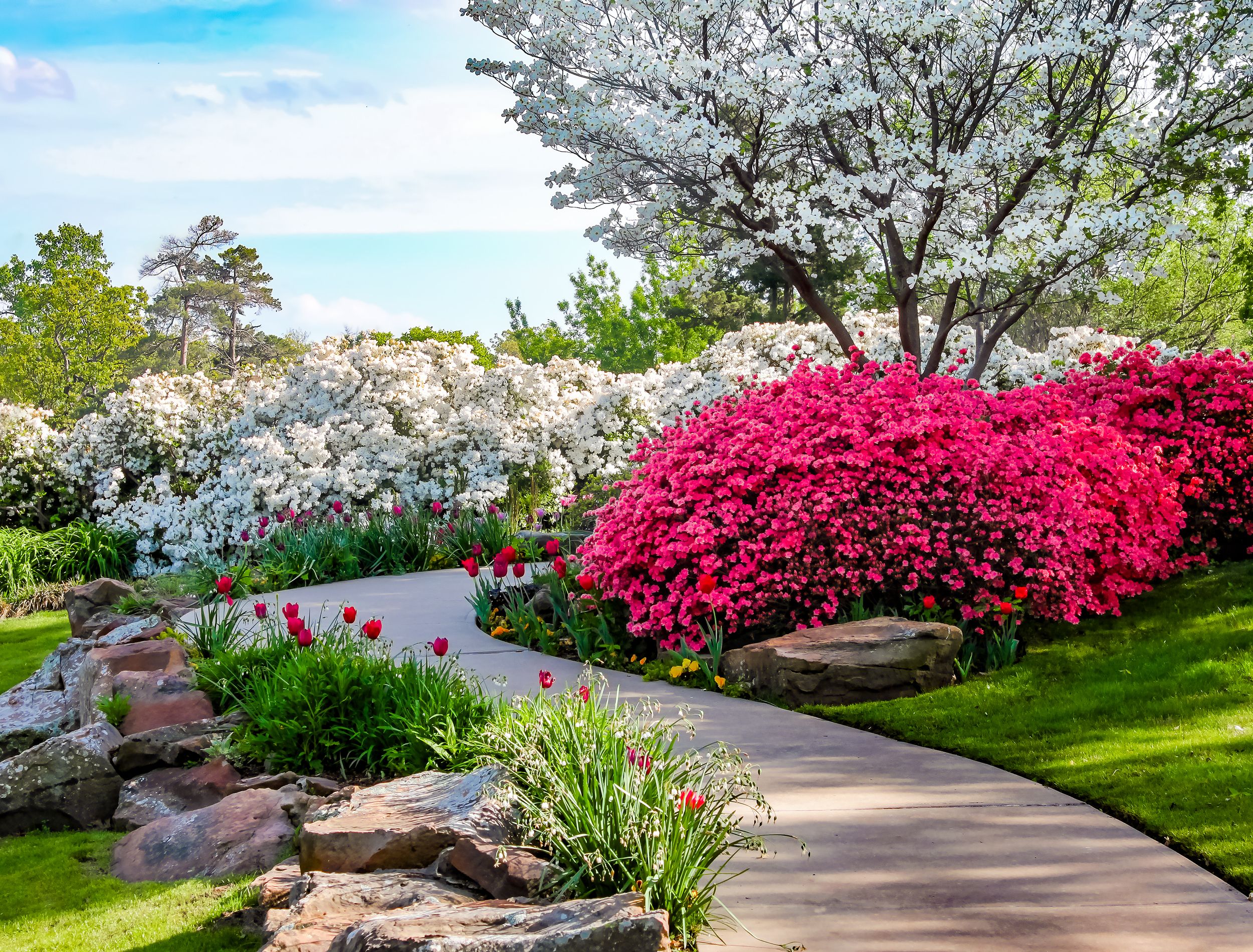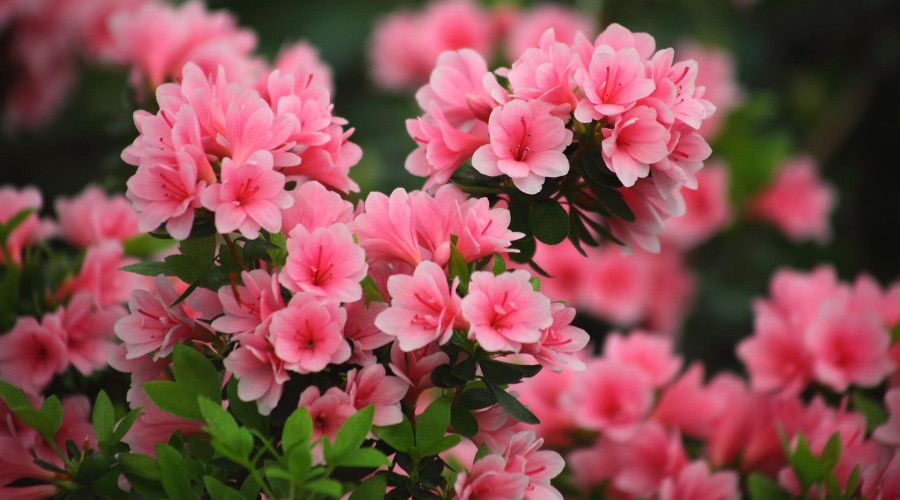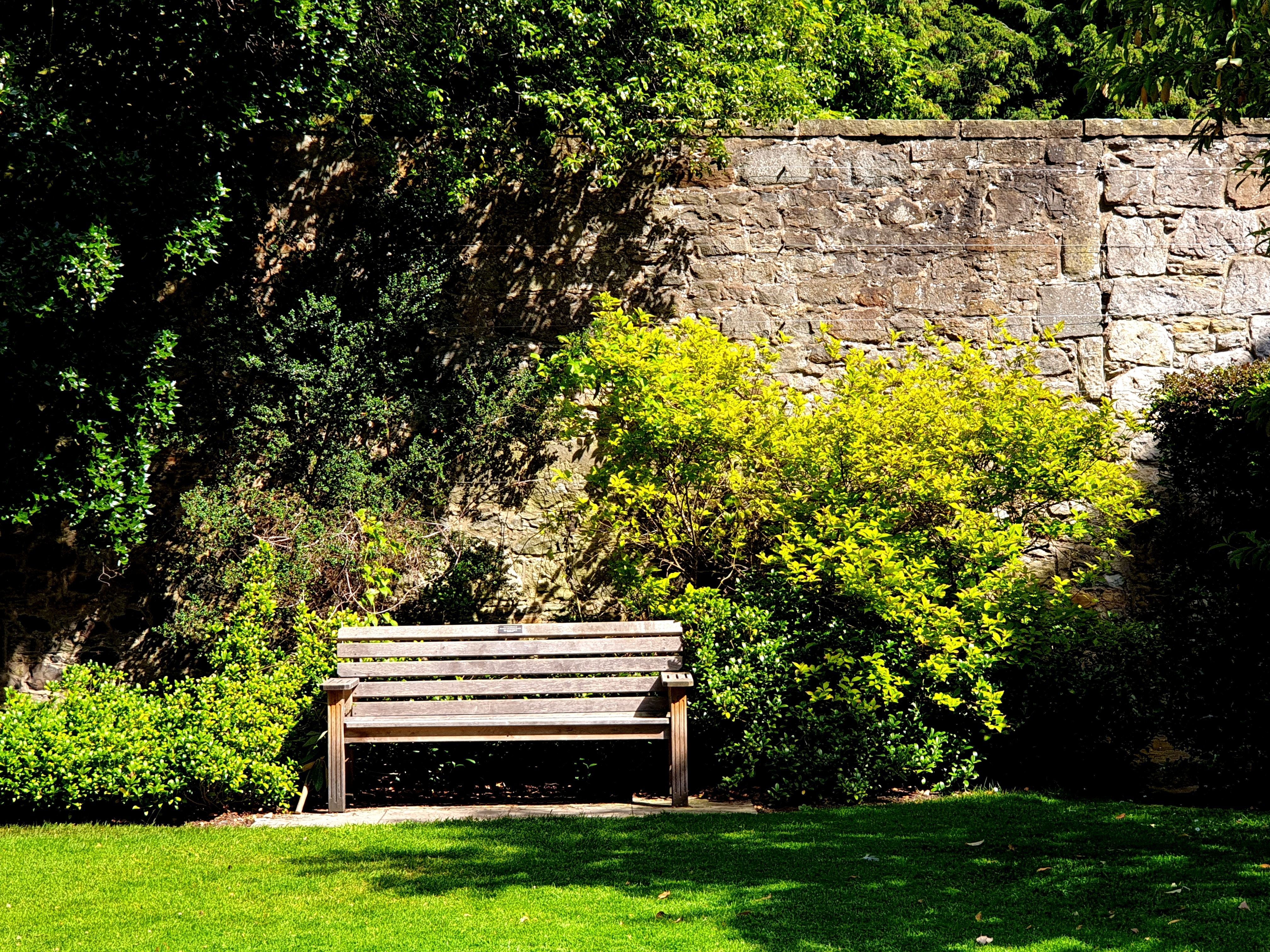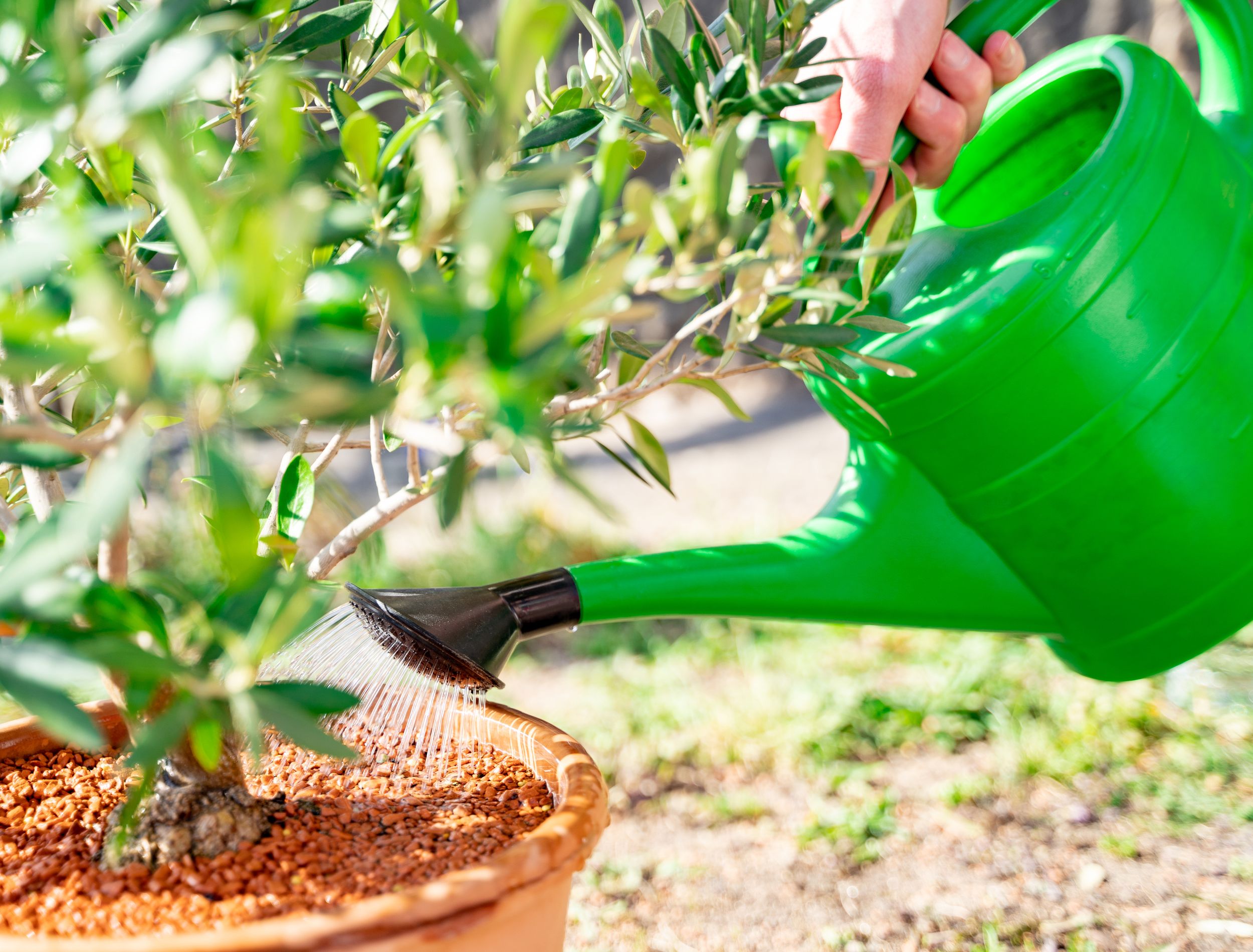Azaleas are one of the most popular flowering shrubs in North America. They are prized for their showy flowers and ability to thrive in a wide range of climates. While they are relatively easy to care for, there are a few things you need to know to ensure your azaleas stay healthy and bloom beautifully year after year.
Planting Your Azaleas
Selecting Your Azaleas
Image credits: dae jeung kim via Pixabay
When it comes to azaleas, there are a few things you need to take into consideration before making your purchase. First and foremost, you need to think about what climate you live in. There are many different types of azaleas, and each one thrives in different conditions.
Some varieties can tolerate colder weather, while others prefer a warmer climate. Therefore, you must select an azalea that will be able to thrive in the conditions where you live.
Perfect pH For Your Soil
Image credits: kazoka30 via Canva
As you probably know, azaleas are acid-loving plants. It means they prefer soil with a pH on the lower end of the spectrum. A pH of 5.0 to 5.5 is ideal for azaleas.
There are a few things that you can do to make sure that your azaleas are getting the perfect pH for their needs. First, have your soil tested by a professional, or you can test your soil with a home pH tester. It will give you a good idea of where your starting point is.
If your soil is too alkaline, you can add elemental sulfur to lower the pH. If your soil is too acidic, you can add some lime to increase the pH. It is important to make these adjustments gradually, over several months.
You can also try using mulch to help maintain a consistent pH around your azaleas. Pine needles and other organic materials are acidic, so they can help to lower the pH of your soil over time.
Whatever method you choose, make sure that you monitor the pH of your soil regularly. This will help you to keep your azaleas healthy and happy!
Finding The Ideal Spot
Image Credits: Carol Saliba on Unsplash
In addition to thinking about climate, you also need to consider the amount of sun and shade that your azalea will be exposed to. Some varieties do best in full sun, while others require partial shade. Be sure to take into account the location of your azalea when planting.
To find the perfect spot, first, think about how much sun or shade your azaleas will need. If they prefer filtered sunlight, an area that gets dappled sunlight throughout the day would be ideal.
Second, make sure the spot you choose has good drainage. Azaleas don't like soggy roots, so a raised bed or sloped area would be ideal. With these things in mind, you should be able to find the perfect spot in your garden for your azaleas!
Caring For Your Azaleas
Watering
Image credit: Pavel Gulea via shutterstock
As beautiful as they are, azaleas can be tricky to grow. They're native to humid climates like the southeastern United States, so they need regular watering to thrive.
If you live in a dry climate or if it's summertime and your azaleas are starting to look wilted, it's time to give them a good drink. Here are some tips on how to water your azaleas:
First, check the soil before you water it. Azaleas need moist but not soggy soil, so it's important to check the moisture level before you start watering. The best way to do this is to stick your finger into the soil. If it feels dry several inches down, then it's time to water. Be sure to never over-water, as this can lead to root rot.
Second, use a hose or watering can. Azaleas need about 1-2 inches of water per week, so make sure you're using enough to give them a good soaking. A hose with a gentle spray setting works well, or you can use a watering can if you're only watering a few plants.
Third, water at the base of the plant. Be sure to direct the water right at the roots, where it will do the most good. Avoid making the leaves wet, as this can lead to fungal infections.
Also, water in the morning. Azaleas like to dry out a bit during the day, so it's best to water them in the morning, so they have time to absorb the moisture before nightfall.
Fertilizing
Image credits: Arthon meekodong via Canva
The type of fertilizer you use, and the frequency with which you apply it, will depend on the variety of azalea you have and the growing conditions in your area. Some azaleas are more sensitive to fertilizer than others and may suffer if you overdo it. So, it's always best to err on the side of caution and use a light hand when applying any fertilizer to these lovely shrubs.
One of the best fertilizers for azaleas is an organic one, such as compost or manure. These natural amendments will add essential nutrients to the soil and help to improve its drainage and aeration.
Generally speaking, you should fertilize azaleas once a year in early spring, just as they are beginning to bloom. This will give them the nutrition they need to produce an abundance of beautiful flowers.
When applying fertilizer to azaleas, be sure to spread it evenly around the base of the plant and out to the drip line (the outer edge of the branches). Avoid getting any fertilizer on the leaves, as this can burn them. Also, water the plants thoroughly after applying fertilizer to help dissolve any granules and prevent root burn.
Pruning
Image credits: alexxl via Canva
Pruning is an important part of caring for azaleas. Prune evergreen azaleas in late winter or early spring, while you can prune deciduous varieties after they have bloomed.
Azaleas can be susceptible to pests and diseases, so it's important to inspect them regularly and take action if you see any problems. Simply remove any dead or diseased branches and cut back the remaining stems by about one-third their length.
In Summary
So, now you know everything there is to know about azaleas! Well, almost everything. If you have any tips or tricks that have worked well for you in the past, we would love to hear them. Leave us a comment below and let us know what works best for you when growing these beautiful flowering shrubs. Thanks for reading, and happy gardening!







